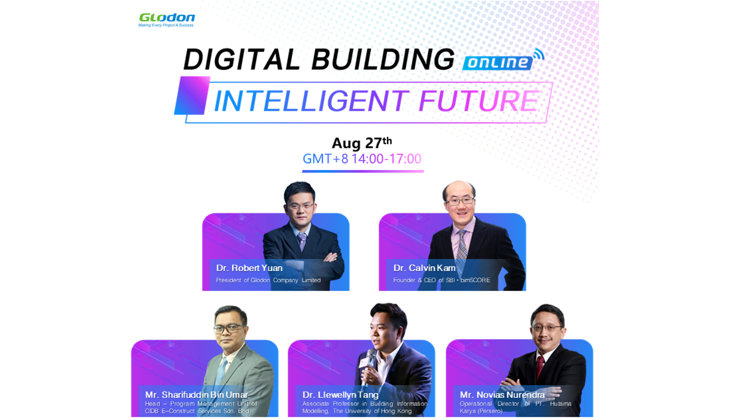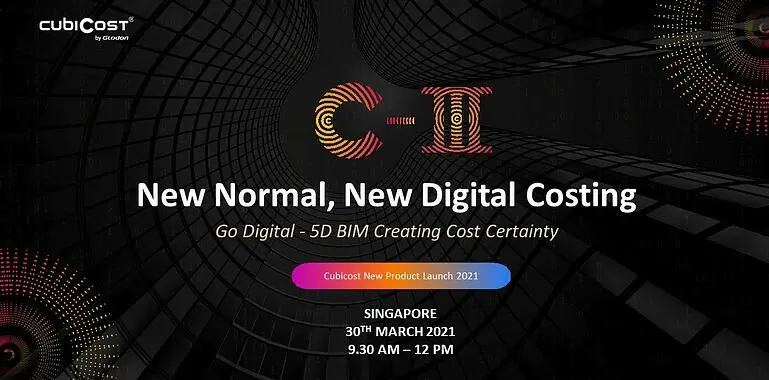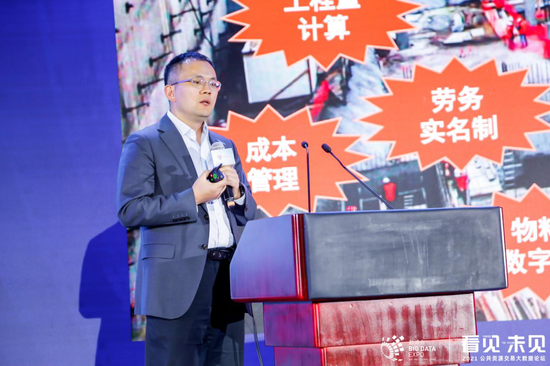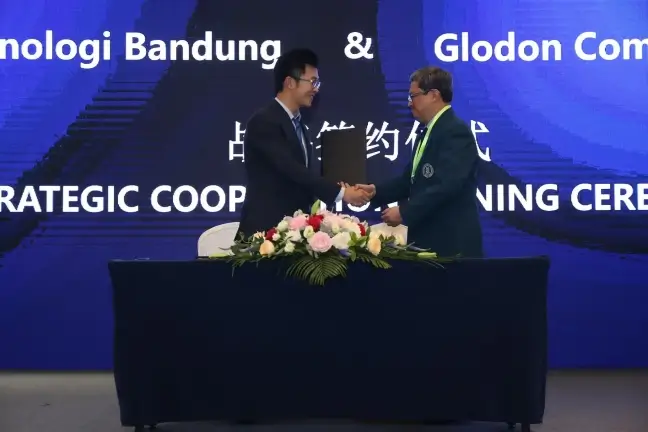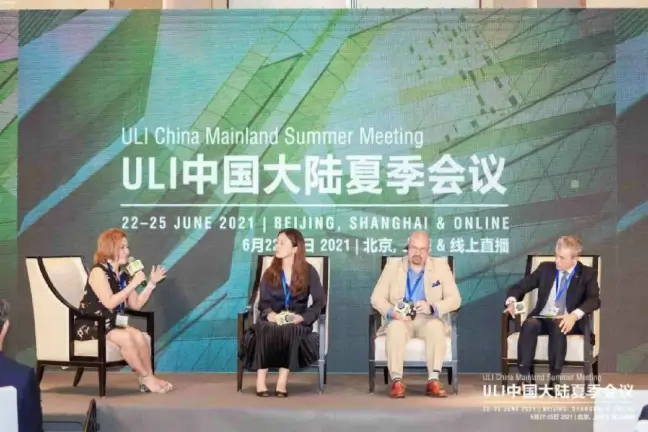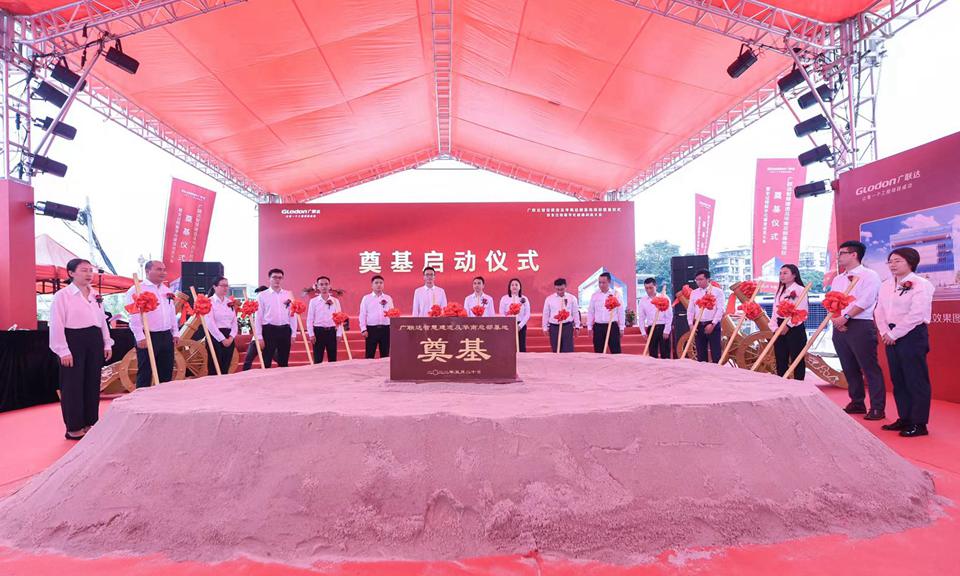Nov 19.2021
Glodon chairman on driving synergies along industry value chain in new computing era
The 2021 Digital Tech Global Leadership Summit was held on November 19th. Some 20 leading scientists, tech entrepreneurs, industry leaders, and investors shared their vision of digital technology's future. As a leading digital building platform service provider, Glodon was invited to the summit. Mr Diao Zhizhong, Chairman of the Board of Glodon, had in-depth discussions with guests on "Driving Synergies Along the Industry Value Chain in the New Computing Era".

Following are highlights of Mr. Diao's remarks at the summit:
i. Digitalisation promotes a greater, faster, better, and more economical industrial pattern
What is the target direction of transformation and upgrading? I hope that the entire industry can develop greater, faster, better, and more economically. By building a digital operating system, the supply side can meet the needs of the demand side in a greater, faster, better and more economical way. This is a qualitative leap. We can say that digitalisation has brought us from the era of carriages to automobiles and even electric vehicles.
ii. "Process, Elements and Participants and Digitization, On-line Operation and Intelligence" is a new paradigm for industrial digital transformation
How to transform and upgrade an industry's industrial Internet? We can learn a paradigm based on the transformation experience of some pioneer industries. In a nutshell, it is to achieve digitisation and online operation of the three aspects of a traditional industry (all elements, all processes, and all participants), complete the deconstruction and reconstruction of traditional industries, and finally achieve the intelligent upgrade of traditional industries.

iii. New computing power enables everyone to get information and digital products and services
The construction industry is inherently a complex industry with multiple organisations, multiple disciplines, multiple levels, and multiple collaborations. The new computing power will promote the integration and innovation of digital technology and the traditional construction industry and make it possible to achieve efficient collaboration in the construction industry. It will allow everyone to get products and services with informatisation and digitisation characteristics and cooperate on every project on the same platform. It will genuinely achieve the PDCA cycle, thus opening up a new pattern of industrial digital transformation and achieving leapfrog development.
iv. Digitalised building: Say goodbye to the empiricism of project managers and embrace the data-based decision-making of the project brain
In the past, it was completely static, and project development relied on the project managers' experience. A powerful project management brain can now carry out real-time calculations and iteration according to the site conditions. It can help find the best organisation plan of construction, the fastest and reasonable operation path, and afterward complete the work with the most efficient and optimal strategy, to guarantee cost and quality. To achieve leapfrog development, the construction industry needs to be re-armed with such computing power and security technology.

v. Small and medium enterprises stand on the shoulders of others and develop PaaS
SaaS is only a technical form. The core thing is to find the right market and find users' needs. On this basis, we use SaaS product forms to meet the requirements, which is fundamental. In this process, a small company doesn't need PaaS initially. It is best to develop its own SaaS application on the open platform of a large company. If small businesses develop PaaS and there is no application accumulation, the PaaS will be of no value in the end. They may consider standing on the shoulders of others and developing on the open PaaS platforms.
vi. Utilise ecological forces to promote high-quality development of the construction industry
For the construction industry's digital transformation to succeed, it must achieve the digitalisation of all participants, processes, and elements. Only when the whole industry chain completes digital, online, and intelligent transformation can the entire construction industry truly achieve the goal of the digital building. It requires extensive linkage of industrial ecological forces to build a powerful country in construction.
vii. Industry trends in the next 3-5 years
The new generation of architecture design and structure software and collaborative design software and platforms based on the component library will have rapid breakthroughs and promotion in 2-3 years. The project management brain will mature in the next 3-5 years and then promote efficient collaboration throughout the project. A group of vertically integrated sub-industry, sub-element platform companies, and solution providers will stand out.




